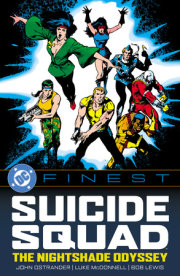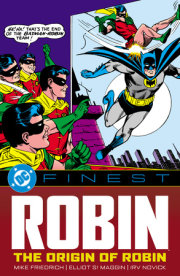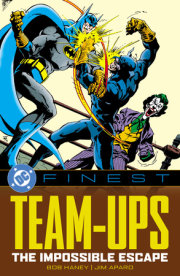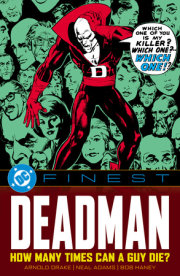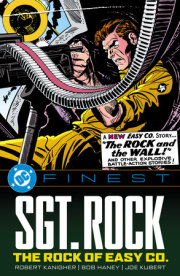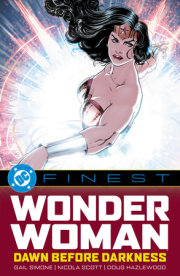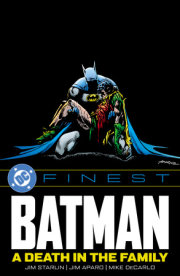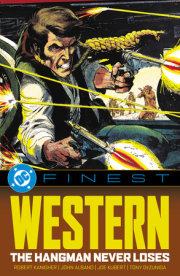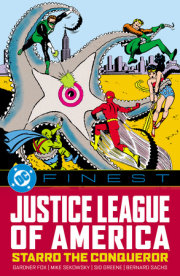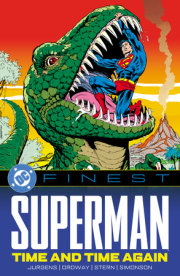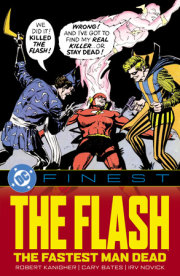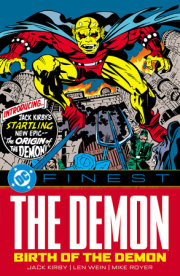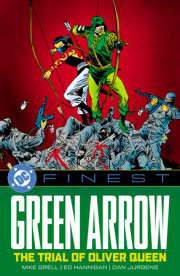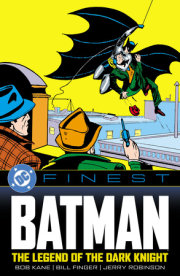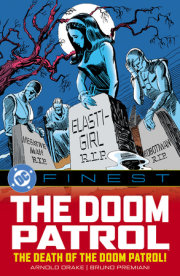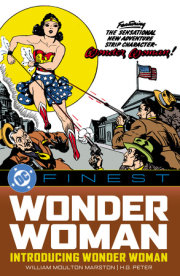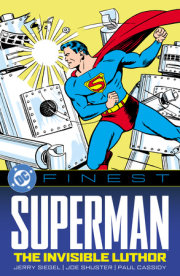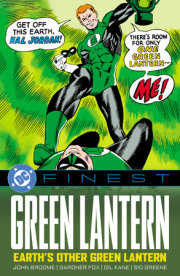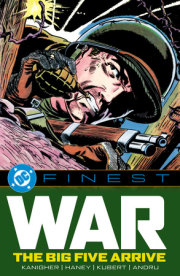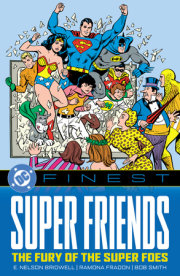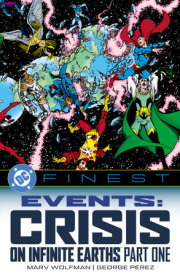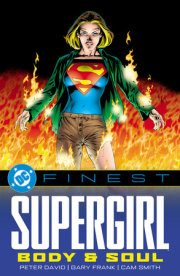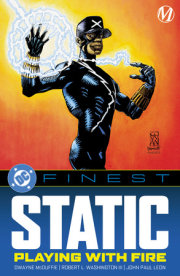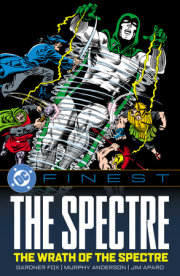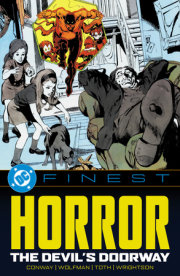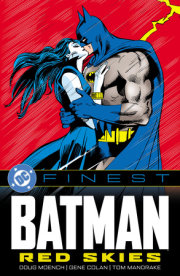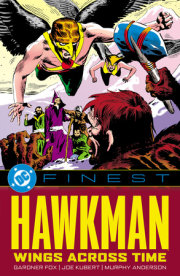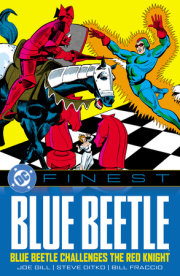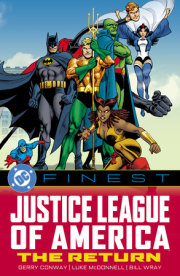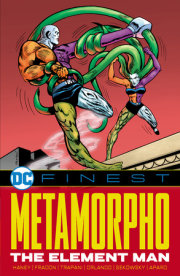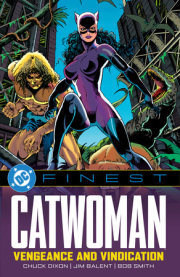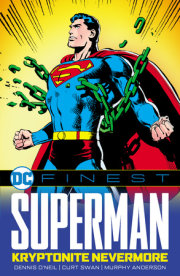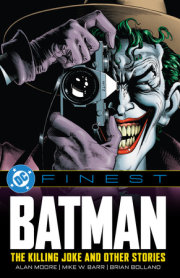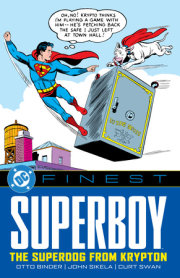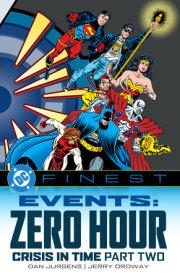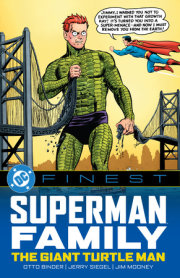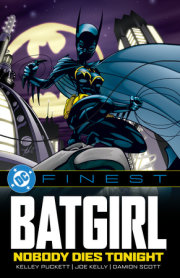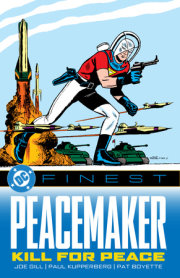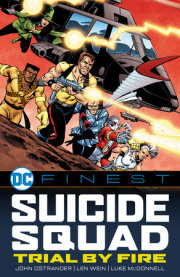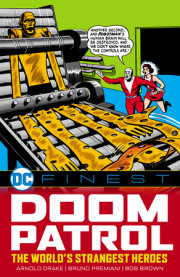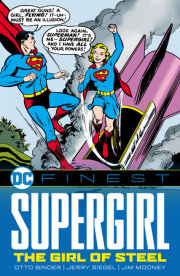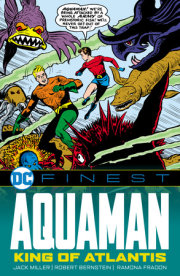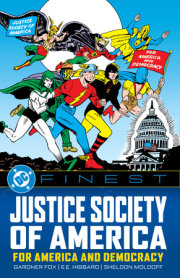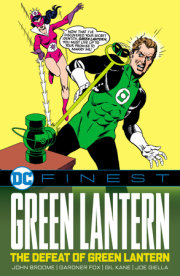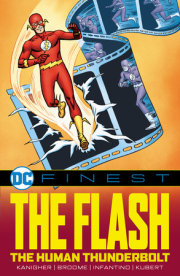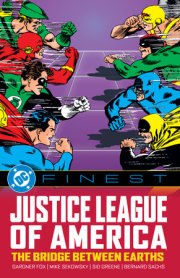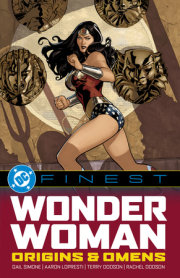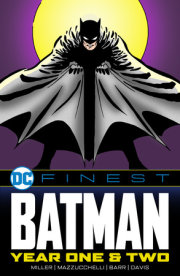A noted psychologist and the man who perfected the testing system for the lie detector, William Moulton Marston was hired in 1941 as an advisor to All-American Comics publisher Max C. Gaines after he wrote an article praising the educational potential of comic books in the magazine The Family Circle. But when Marston suggested a new character to his employer, he was met with skepticism.
“America’s woman of tomorrow should be made the hero of a new type of comic strip,” Marston wrote. “By this I mean a character with all the allure of an attractive woman, but with the strength also of a powerful man.”
In other words, Wonder Woman.
Still doubtful that a female costumed hero would sell, Gaines finally decided to give the lady a chance. In December 1941, Wonder Woman’s first adventure appeared in All Star Comics #8, written by Marston under the pen name Charles Moulton. Five months later a poll asked readers to rank the Amazonian heroine against seven leading male heroes. “Wonder Woman came in first with 80 percent of the vote, beating her nearest male competitor by about 40 to 1,” recalled Marston.
An early feminist, Marston believed that woman’s rightful place was as world leader, not servant or helpmate. “There isn’t enough love in the male organism to run this planet peacefully,” he explained. “What woman presently lacks is the dominance or self-assertive power to put over and enforce her love desires. I have given Wonder Woman this dominant force, but have kept her loving. It is my hope to make this strip as appealing to adults as it has proved to kids.”
For four years Marston wrote nearly all his creation’s adventures, including both comic books and a syndicated newspaper strip. In 1945, suffering from the effects of a polio infection, he began to turn over the feature’s scripting duties to others, particularly his assistant Joye Murchison. Marston died of lung cancer in 1947, just a week shy of his 54th birthday.
Harry G. Peter was the original artist of Wonder Woman, known for his elegant, Art Nouveau-inspired style. His illustrations gave the early stories a unique visual identity that blended classical beauty with dynamic action.
Sheldon “Shelly” Moldoff was a versatile Golden and Silver Age artist who contributed to many DC titles, including Batman, Hawkman, and Wonder Woman. His clean, expressive linework helped define the visual tone of early superhero comics.

